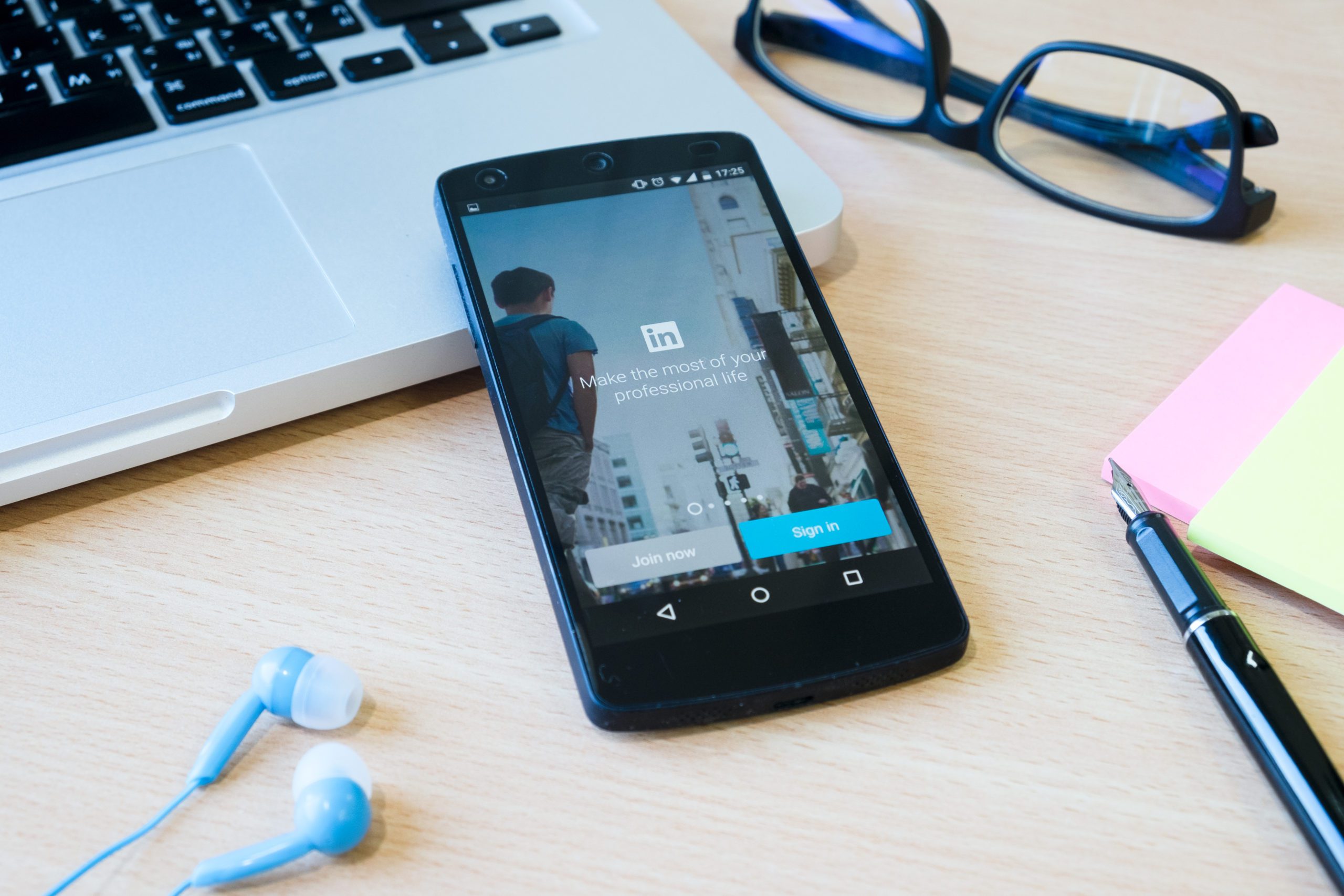We all try to keep our LinkedIn feeds up to date don’t we? We try to log in frequently to check-in to the oldest ‘big’ social network out there but let’s face it, for many of us it’s never our most used app or website. Well, this blog might change all that.
In October, LinkedIn announced BIG changes to their feed algorithm meaning not only will we be seeing some fairly different content when we log in, but we’ll notice our personal content getting a lot more attention.
What’s the update?
Let’s set the scene: LinkedIn has over 567m members who post more than a million posts, videos and articles each day. The thing is, it was the content from a select few (the most followed 1%) that dominated the LinkedIn feed meaning that lowly users like me (and probably you) didn’t get much of a chance of our posts appearing on feeds, let alone get engagement.
LinkedIn followed the common rule in social networks – the more engagement a post gets, the more likely it will appear in feeds, which means that key influencers like Bill Gates and Richard Branson, who have a lot of followers, get more engagement, and therefore appear in more feeds – which gives them more engagement, which gets them in more feeds and…well, you get the picture.
What those clever folk behind LinkedIn have decided to do is look at who is posting that content and evaluate how much a like, comment or share would mean to the author.
Following me so far? Ok – to use the examples that the social network have used themselves:
Source: LinkedIn
Why does this matter?
LinkedIn started as, and remains to be, a social network focused on individuals (professionals) connecting with each other; rather than organisations talking to their audience. Indeed, here at DTW, we champion individuals using LinkedIn over organisations – as seen in the employee advocacy work we do with our clients. It is this personal level that LinkedIn are bringing with this new change.
Therefore, if you are looking to spread your organisation’s message on LinkedIn, now is the time to do it from your personal profile, rather than your company’s.
What should communicators do?
- When you’re posting content on social media, what is the main objective? It’s for your audience to read it, and engage with it. From DTW’s perspective, it doesn’t matter if that reach comes in the form of a company post, or an employee’s post, as long as that content is being read and engaged with.
- Therefore, if you use LinkedIn as a platform for your communications, now is the time to think about enabling your employees to share that content in their own feeds and networks, as well as sharing it on your company page too.
- It’s important to encourage employees to share your organisation’s updates and content on their own channels. This might be in the form of internal communications like an intranet or companywide email – either way, let them know the content is there. As part of this, encourage engagement on other posts that they see in their feed too.
- This personal-level of sharing might be trickier to monitor as engagement on personal posts won’t appear in your company’s LinkedIn analytics. For us, it’s not too important (we all chat to each other about our posts), but if tracking ROI is a key objective for your organisation, there are employee advocacy tools out there that can help; like Smarp or Sprout Social’s Bambu.
- We’ve helped clients build confidence amongst their employees to post on their company’s behalf, and using an employee advocacy tool, it can be easier for everyone to share content. With this new algorithm update, it’s a great opportunity to get engagement and recognition for it.
We’re really excited about this LinkedIn update – it’s a step forward to bringing social media back to being social.
Thanks for reading!
Jess

